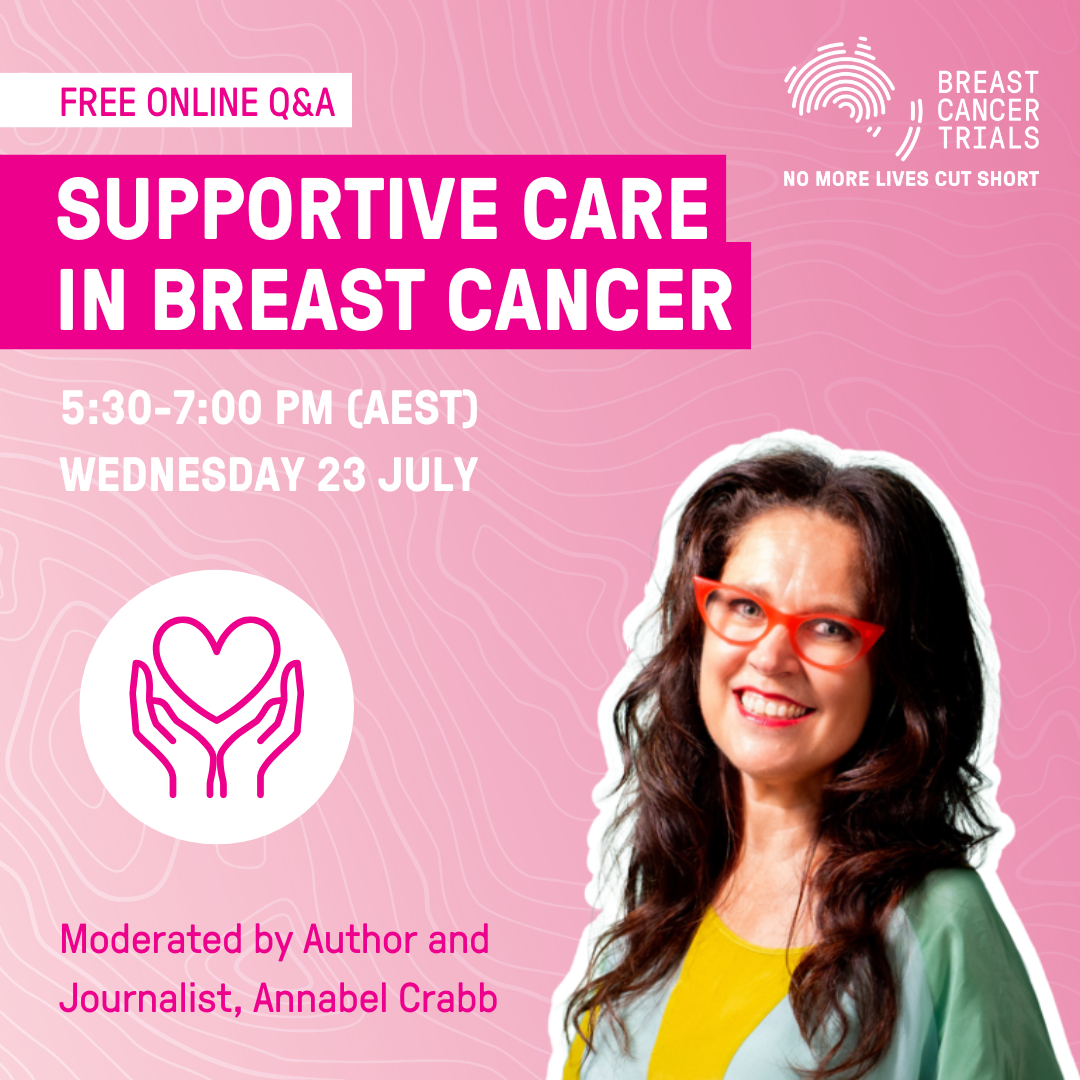Language has a tremendous impact on what we think of ourselves and the world around us, dominating our beliefs and reflecting the way we behave.
According to Daniel Kahman and Amos Tversky’s study in the 1970s, humans rely on a number of mental shortcuts to speed up our reasoning, which can make us remarkably sensitive to how things are framed.
This speaks volumes in the rhetoric used when reporting and discussing sexual assault and gender-based violence in our community.
Since February of this year, allegations of rape and sexual harassment have emerged from Parliament House in Canberra, prompting an uproar of social discussion on sexism and misogyny in Australian political culture and wider society.
The language we use to describe these events has consequences. Take the sanitised term ‘solo-sex act’ used to describe the video of a former staffer masturbating on a female MP’s desk, or the term ‘vulnerable situation’ used by our Prime Minister to describe Brittany Higgins’ alleged rape.
Higgins did not find herself in a ‘vulnerable situation’; it was an individual who allegedly put her in such a position.
Not speaking plainly about consent and physical abuse only helps obfuscate the subject. We’re downplaying these acts of predatory dominance, focusing on terms that do not reflect the serious and non-consensual nature of these crimes – a reality that damages many people’s lives.
According to the Australian Bureau of Statistics (ABS), one in five women have experienced some form of sexual violence in Australia.
I’m sorry this ‘happened’ to you…
The term ‘violence against women’ is problematic in itself.
The use of this passive voice has a political effect. Without giving the perpetrator responsibility, or an active agent, we’re shifting the focus off men and making it about something that simply just happens to women.
“Men have been largely erased from so much of the conversation on a subject that is centrally about men,” said Jackson Katz at TEDx on violence against women – it’s a men’s issue.
Katz said: “We talk about how many women were raped last year; not about how many men raped women.”
Take this analogy – the movement to reject photoshopped perfection in women’s beauty standards has finally gained traction with its realised impact damaging and far-reaching. Like we’ve shunned the airbrushing precedent, we need to un-sanitise the language used that reduces visibility and true understanding of rape and sexual harassment.
We need to understand how our sentence structure often places emphasis on the survivor of sexual assault instead of the aggressor, and clean the opaque language that has been masking the lens into rape and sexual assault.
In speaking truth to power, we need to speak the whole truth.


